Santorini is thought to be one of the first wine-producing regions in the world, with a history that goes back 3,500 years when grapes were squished by foot.
There is something different about the grapevines at Domaine Sigalas winery. The trellised vines are staked by wood and lined in symmetrical rows. Different? Well, on the escalating hills of Waipara or under the torrid summer sun of Blenheim, this sort of viticulture would be on par with most grape-growing areas in the world.
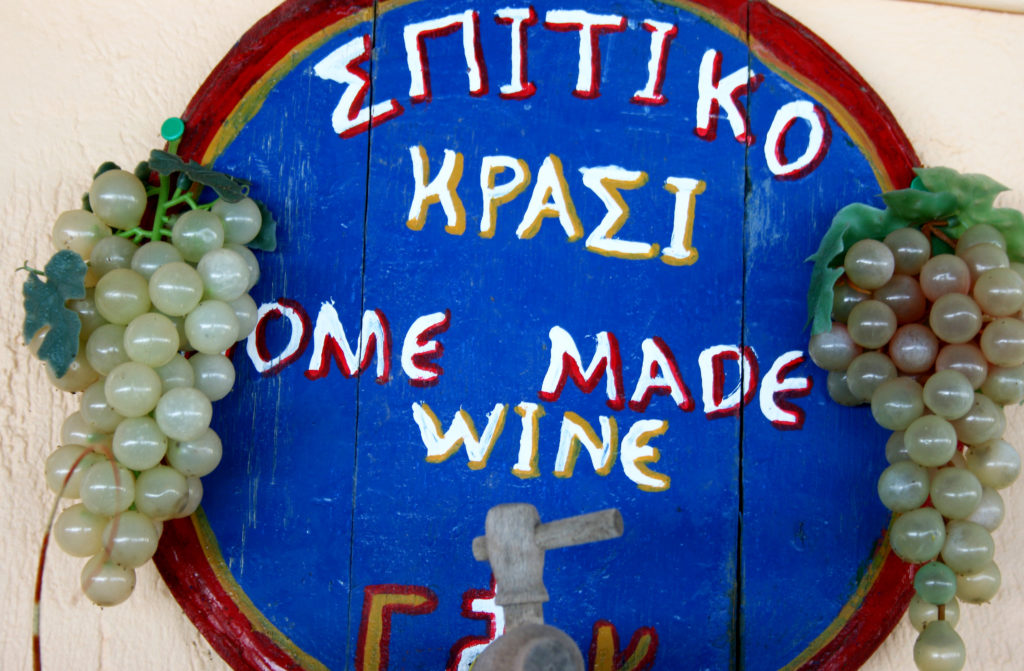
On the Greek island of Santorini, however, trellised grapevines symbolise innovation. For centuries, Santorini wine grapes have been grown close to the earth in crown-shaped clusters to enable vines to cradle the grapes from the island’s exhausting spring winds.
The soil, containing volcanic rock, ash, limestone and pumice, receives very little rainfall during the summer, when temperatures run consistently in the thirties for months on end.
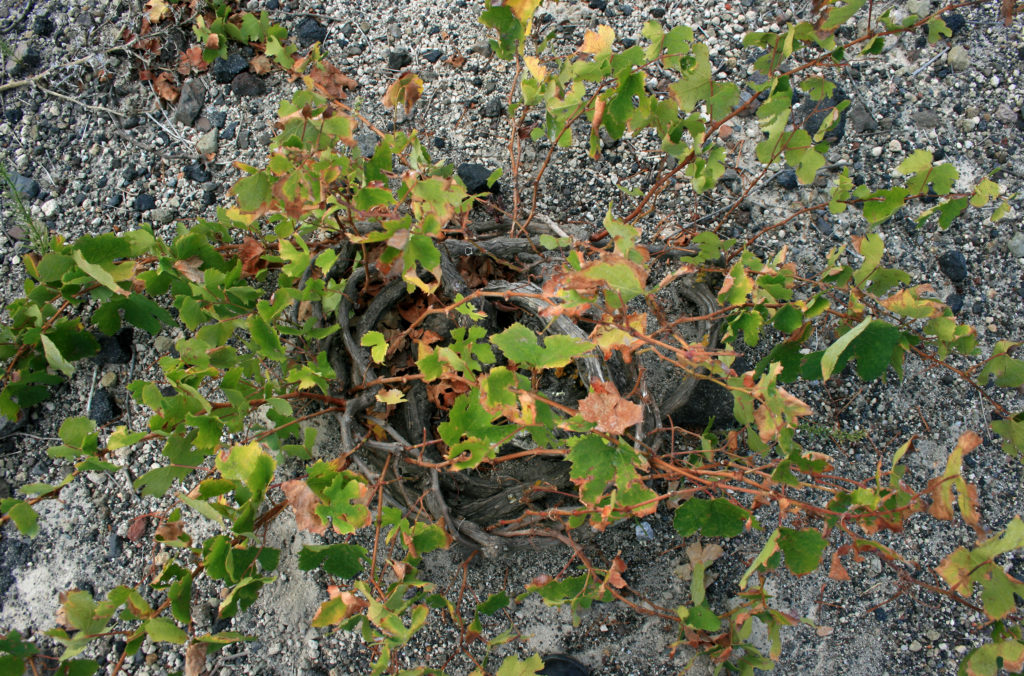
Nine years ago, Domaine Sigalas branched from tradition and planted standing vines. It is essentially grape-growing blackjack: the upkeep can be expensive, but the expected results will literally prove fruitful. Stella Vassilaki of Domaine Sigalas explains that the trellised vines offer smoother tannins in red wines, more acidity with white wines and can harvest twice as many grapes as the traditional basket method. Every extra grape helps in Santorini, where the yield of 1000 sq m is about 350-400 kgs – only 10 percent of what other grape-growing regions can produce.
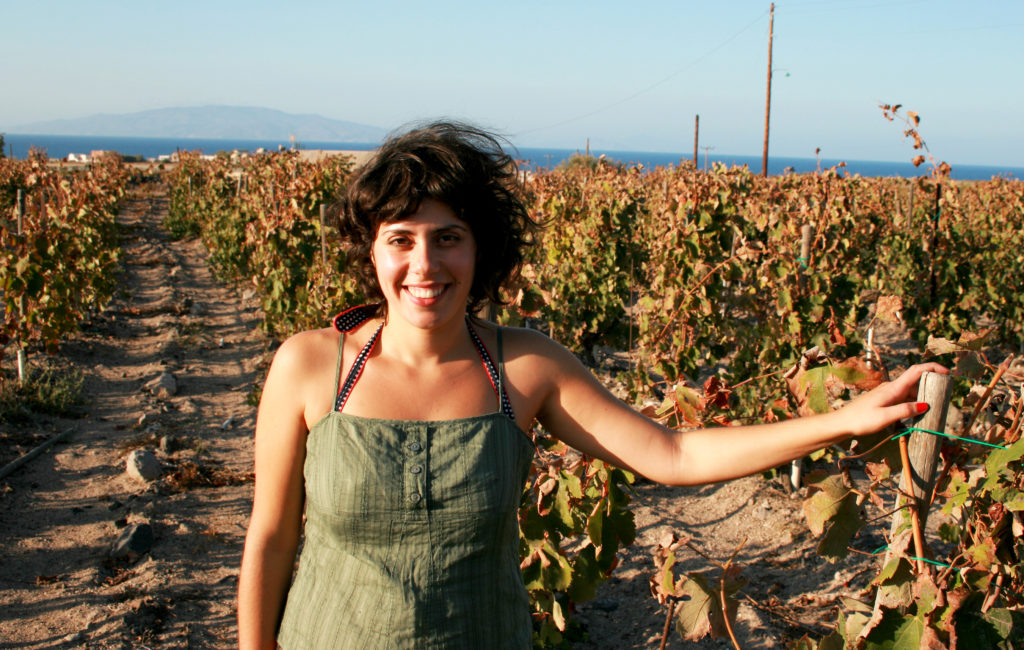
However, the standing vines need more moisture than the ground’s humidity can provide and so require the added expense of irrigation, in the form of water imported from the mainland. Like many of Santorini’s wineries, Sigalas attracts workers who may have learned their trade in France or elsewhere in Greece. Stella is one such worker; she has her roots in Crete, but has worked Sigalas for two years. Budding viticulturalists don’t come to harvest grapes or make wine in Santorini because of the extensive crops, Stella explains, but because the experience is like no other.
During harvest in August (almost a month prior to anywhere else in Greece because of Santorini’s tropical climate), it is still common to see grapes being collected by hand with the help of mules and donkeys. “Baskets will always be here in Santorini because they’ve been here a long time,” Stella says. Santorini is thought to be one of the first wine-producing regions in the world, with a history that goes back 3,500 years, though most of its innovation has come in recent centuries.
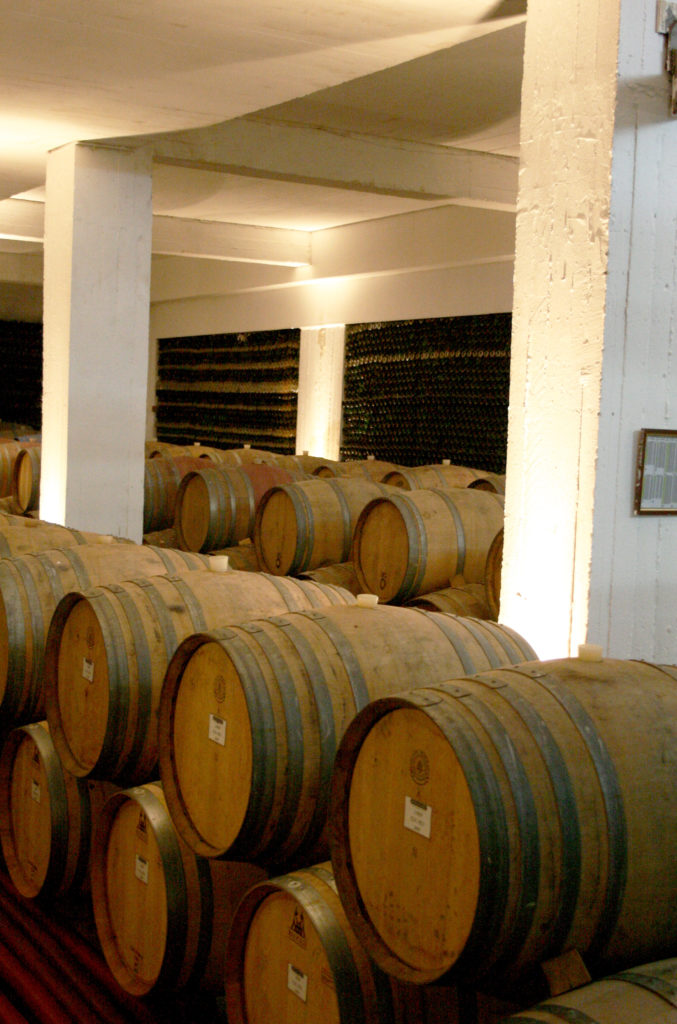
Grapes were squished by foot until French monks introduced the first machine press in the 17th century. At one point, every home on the island had a press to make homemade wine – any supplementary harvest was sold to wineries for extra income.
Locals never have been easy advocates for change and even greeted bottled wine with scepticism for many years. Santorini continues to produce traditional wines unique to the region, including the delectable sweet dessert wine Vinsanto and dry white wine Nykteri. Eighty percent of the grapes grown on the island are Assyrtiko, used to create white wines with high acidity and high alcohol content (13–14 percent).
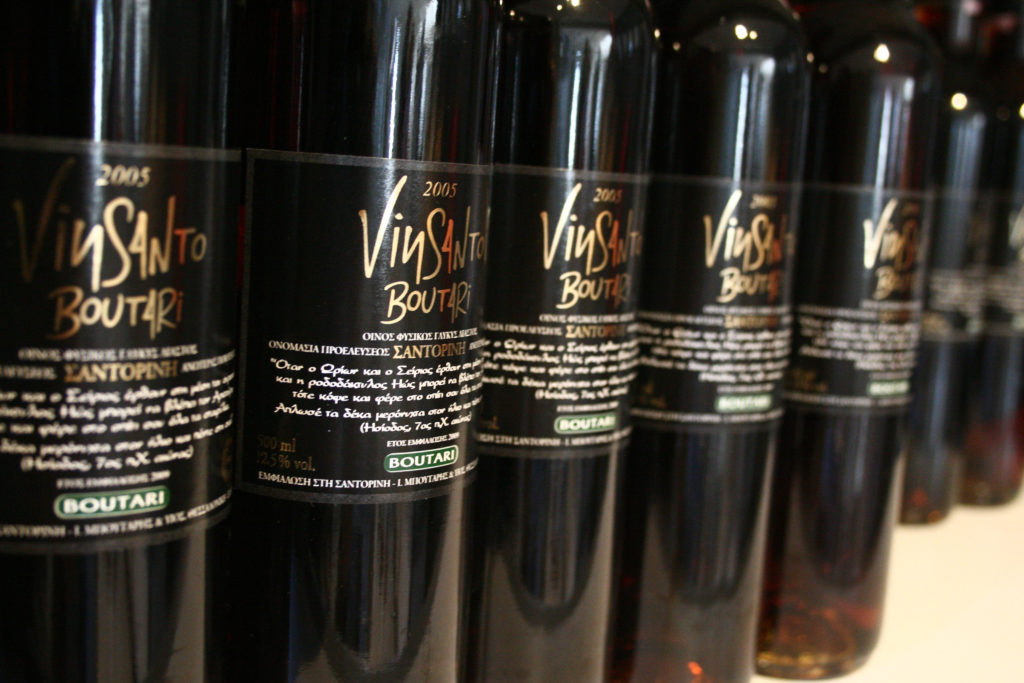
Experimenting with wine creations also is encouraged by many restaurateurs on the island, where variable homemade samples are tabled in jars alongside clay pots of moussaka. The low yield of grapes on Santorini makes exporting in bulk challenging, though some wineries manage to make a small presence internationally. Of course, the winemakers’ dilemma is the travellers’ pleasure – limited accessibility to Santorini wines in other countries makes wine tasting on the island even more of an exclusive treat. Many of the tour buses will roar up the hill from the Pyrgos crossroad to allow tourists to taste Santos Wines.
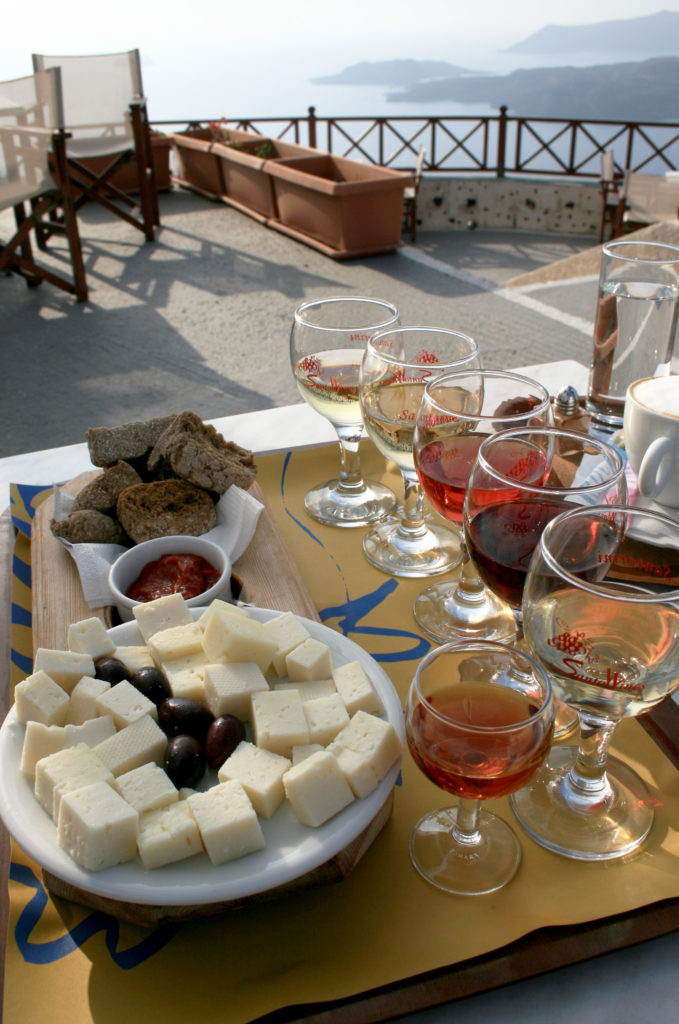
And why not? The vineyard has a restaurant perched on a cliff top with uninterrupted views of the white Santorini coastline clashing with the deep blue waters of the Aegean Sea.
No surprise Santos is a popular destination for foreign wedding parties. Santos wines are made from the locals’ grapes; as an island co-op, many of its grapes are sourced from many of the island’s 1,400 growers. Most wineries may not be as strongly marketed as Santos despite the advent of ‘wine road’ throughout the island – though that does not mean they should be overlooked.
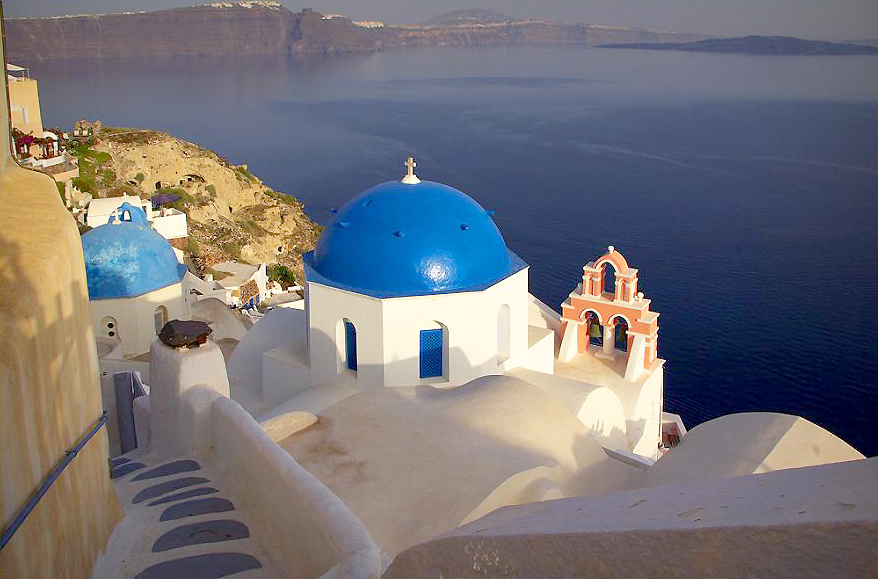
Boutari is one of the island’s boutique wineries where the knowledge of staff equates to the high quality of its wines. Boutari wines had a presence in Greece for more than a century before its Santorini franchise was opened 20 years back. The business produces 21 million bottles from its six Greek wineries, though just 450,000 of those in Santorini. Wine competition awards straddling the walls of the Boutari wine tasting house suggest the emphasis is on quality, not quantity.



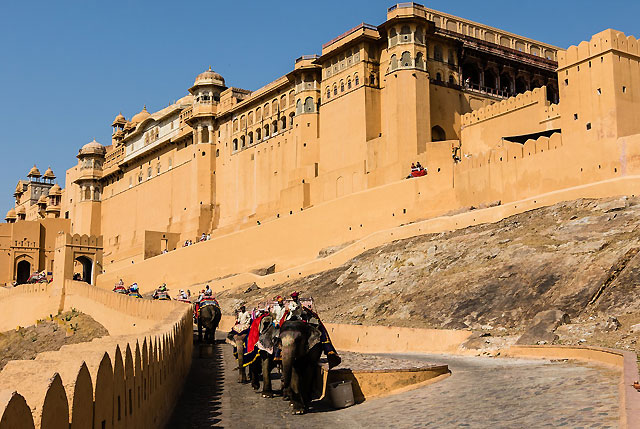
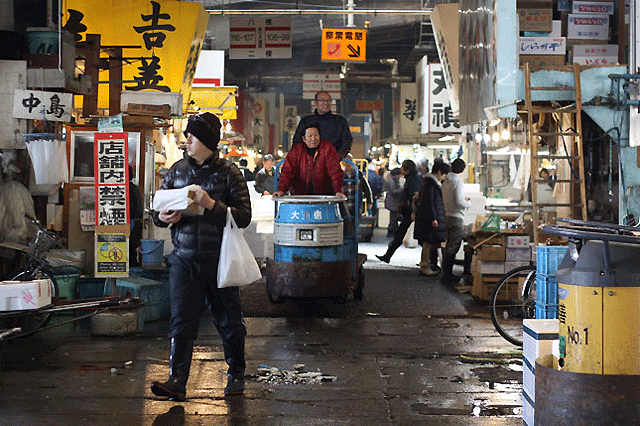
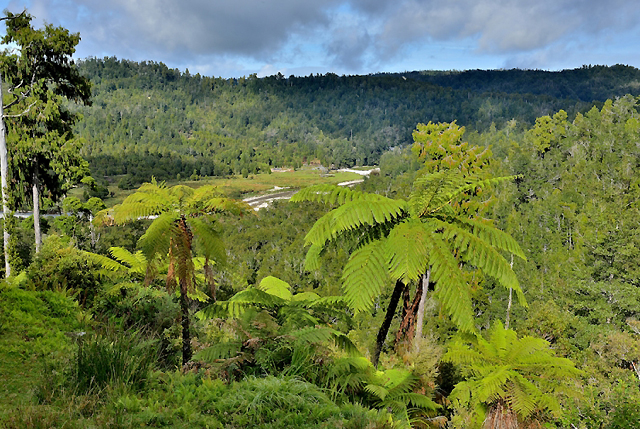







Recent Comments